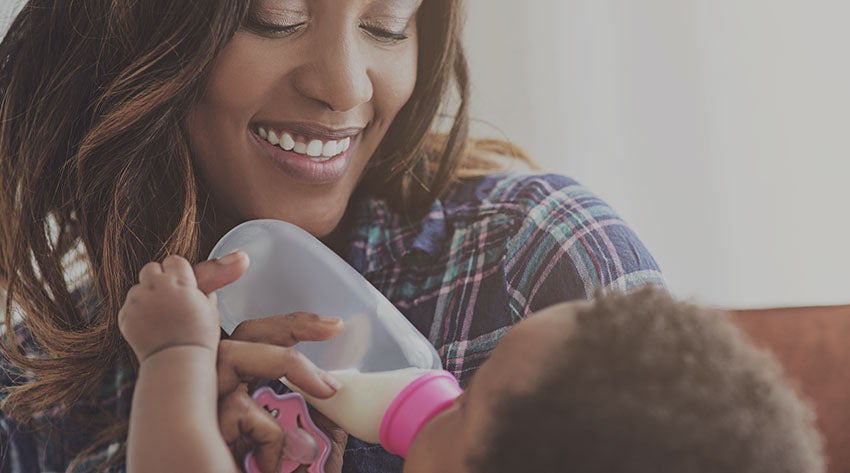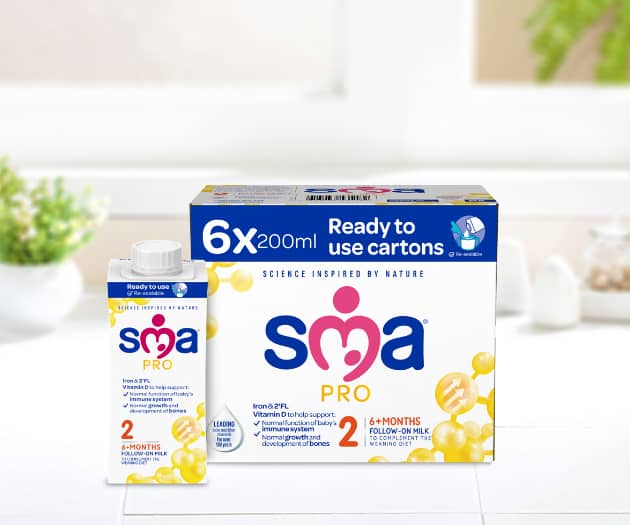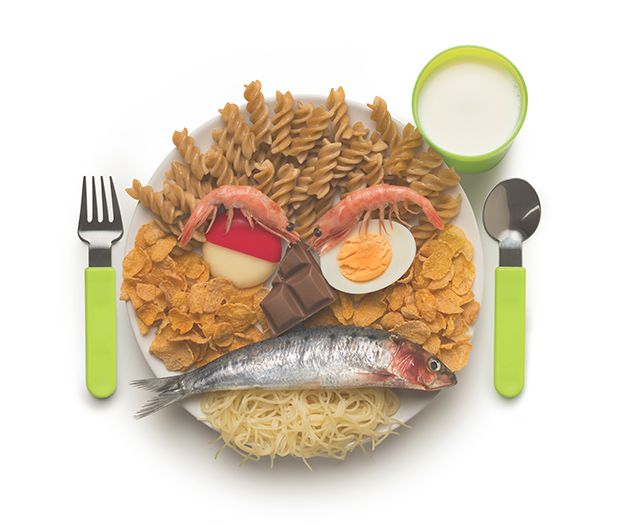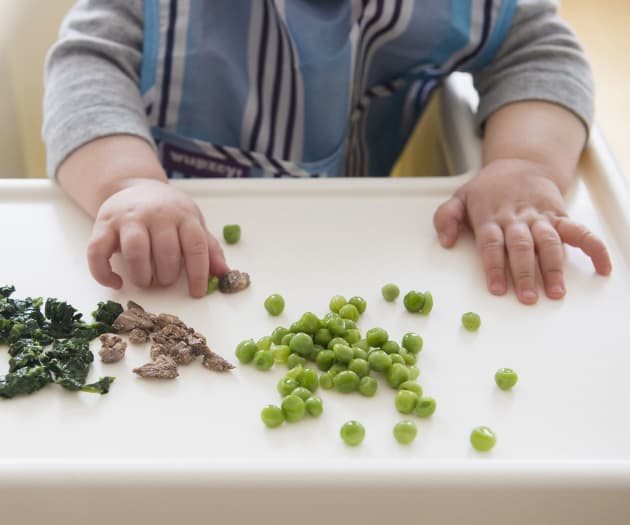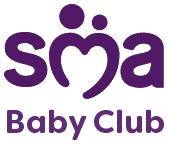At a glance
Your partner can get involved – bonding time for them and break time for you
Combination feeding can start once breastfeeding is in full swing
Give baby a bottle of expressed breast milk first
Baby might insist on breast milk if they can smell mum nearby
What is combination feeding?
Combination feeding means both breastfeeding and bottle-feeding your baby. The bottle could be full of expressed breast milk or formula milk. Combination feeding lets you feed your baby in a way that suits you and your baby’s needs. It’s up to you whether you bottle feed with expressed breast milk or formula.
Why combine breast and bottle?
There are many reasons parents may decide to start combination feeding, including:
- Initial difficulties in getting breastfeeding established – parents may want to supplement the breast feeds with formula feeds until breastfeeding is fully established
- Returning to work or being away from your baby – you may want to make sure they have some breast milk while you’re away
- Concerns about baby’s weight – you may prefer to see how much expressed milk baby is getting
- You’re bottle-feeding already but want to start breastfeeding
- To involve a partner or family member more in the feeding of your baby – this means mum can get some rest too
When to start combination feeding
Discuss with your health visitor or public health nurse if you plan to start combination feeding so they can give you guidance. Here are some starters on when to start combination feeding:
- It’s best to wait until breastfeeding is nicely established to make sure you’ve got a good supply and baby is latching on correctly, before gradually introducing a bottle.
- Around 6 to 8 weeks is ideal before you introduce a bottle of expressed milk. Any changes with the breastfeeding routine can affect your supply.
- If you start using formula for combination feeding, then it’s worth knowing the amount of breast milk produced will reduce.
- If you’re having difficulty getting breastfeeding established you may want to supplement the breast feeds with formula, until breastfeeding is more established.
- Expressing milk regularly will help boost your supply.
Combination feeding with breast milk only
Combination feeding using only breast milk gives your baby the best nutrition, but allows mum some breaks between feeds to get much-needed resting time and allows your baby’s other family members to much-needed bonding time. Combination feeding baby in this way means you’ll need to express breast milk either by hand or using a manual or electric breast pump. Our expressing breast milk article covers how to express and store breast milk.
Combination feeding with formula and breast milk
If you want to start combination feeding with formula and breast milk your baby will still get some of the antibodies from breast milk some of the time. Especially in the early days of bottle-feeding, it’s important that you still express milk to keep your supply up. Introducing formula for some feeds may reduce the amount of breast milk you produce. Expressing will also help your breasts, which can get a bit painful and full as you begin to decrease breastfeeds. Before you introduce formula, you should speak to a health visitor, public health nurse or GP for advice on what’s best for your baby.
Tips for introducing the bottle when combination feeding
- If you’re returning to work soon try and get your baby used to express milk in bottles or mixed feeding, a few weeks before you go back. That way you can relax knowing they’re happily getting fed without the breast.
- Offer your baby one bottle-feed a day to begin with, to give your breasts time to adjust and to let baby get used to feeding from a bottle.
- Routine is comforting for babies so try to establish a combination feeding routine by bottle-feeding or breastfeeding at the same time each day.
- If your baby is only used to breast milk and you want to eventually move on to formula, first try and set aside some time to express breast milk as this will help them accept a bottle.
- Letting your partner do the bottle feeds is a good idea. It means they get some bonding time that doesn’t involve changing nappies. It also gives you a few moments to yourself. You’ll just need to set aside some time for expressing.
- Many people like to give one of the evening feeds by bottle. One benefit is mum can get a head start on sleep if someone else is doing the feeding.
- Babies sometimes refuse a bottle if they smell you and think breast is on the menu. So, it’s a good opportunity for a walk or a bath while your partner does the bottle-feeding
- You can get freezer bags for your milk, so if you’re having a productive pumping day then you can save some of your milk in a freezer for up to six months (smaller freezer compartments in fridges give the milk a shorter life).
- Your breasts are usually fullest in the morning so this might be a good time for an expressing session.
- Formula milks also come in ready-to-use cartons which are handy for combination feeding.
If baby doesn’t take to bottle feeding straight away, read our tips on how to bottle feed.
Restarting breastfeeding when combination feeding
If in the very early days you were unable to breastfeed, for whatever reason, but now you want to try combination feeding, it might still be possible. It just takes time and a lot of pumping. You will need to get your supply up by focusing on breastfeeding for a while wherever you can. It’s all about supply and demand. The more you breastfeed baby, or the more you pump, the more milk you’ll eventually make. While your supply is still low you might have to give your baby formula while you focus on getting your supply up by pumping. Once you have a steady supply you can combi-feed from there if you want to. Speak to your midwife, health visitor or a public health nurse for more advice and guidance on how to safely go about this, but we have supplied some tips below:
- Cuddle your baby as much as possible, the skin-to-skin contact will encourage your body to make milk
- Express your breast milk as much as possible, ideally 8 times a day. This will help boost your supply
- Try and express when nice and relaxed. Oxytocin helps release your milk and you produce more oxytocin when you’re happy or relaxed.
- Choose a time to breastfeed when your baby is relaxed and not too hungry
- Gradually decrease the amount of bottle feeds as your milk supply increases
- Try finding a lactation consultant in your area. This website might help you
Combination feeding and weaning
At around six months the amount of milk your baby needs will gradually reduce as they start weaning. Milk should still be the main source of nutrition for stage 1 weaning as they’re only eating small portions of vegetables, so they still need nutrients from milk. As your baby grows and you go through the different stages of weaning, the amount of milk they need will reduce.
IMPORTANT NOTICE:
We believe that breastfeeding is the ideal nutritional start for babies and we fully support the World Health Organization’s recommendation of exclusive breastfeeding for the first six months of life followed by the introduction of adequate nutritious complementary foods along with continued breastfeeding up to two years of age. We also recognise that breastfeeding is not always an option for parents. We recommend that you speak to your healthcare professional about how to feed your baby and seek advice on when to introduce complementary feeding. If you choose not to breastfeed, please remember that such a decision can be difficult to reverse and has social and financial implications. Introducing partial bottle-feeding will reduce the supply of breast milk. Infant formula should always be prepared, used and stored as instructed on the label in order to avoid risks to a baby’s health.




